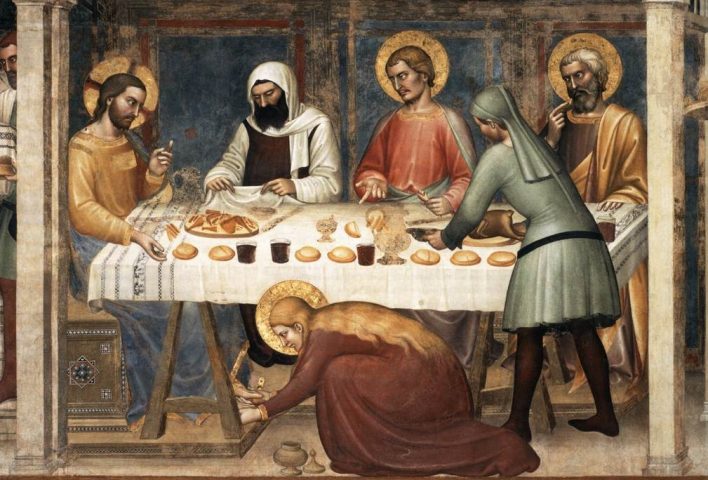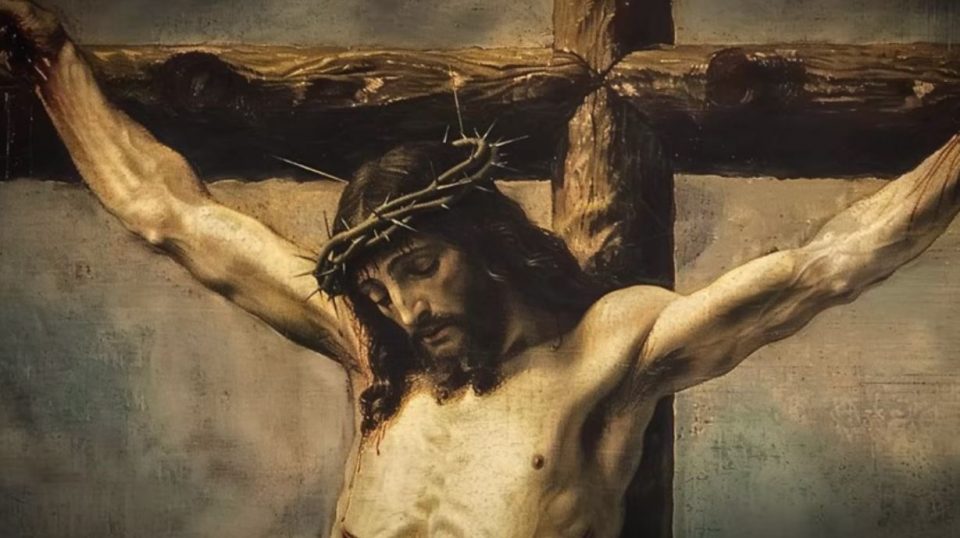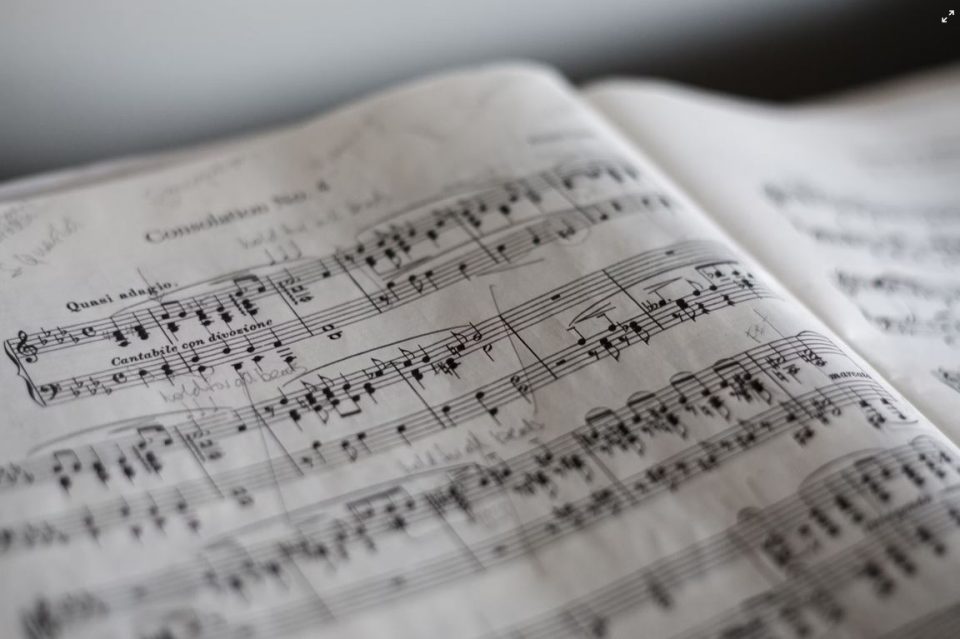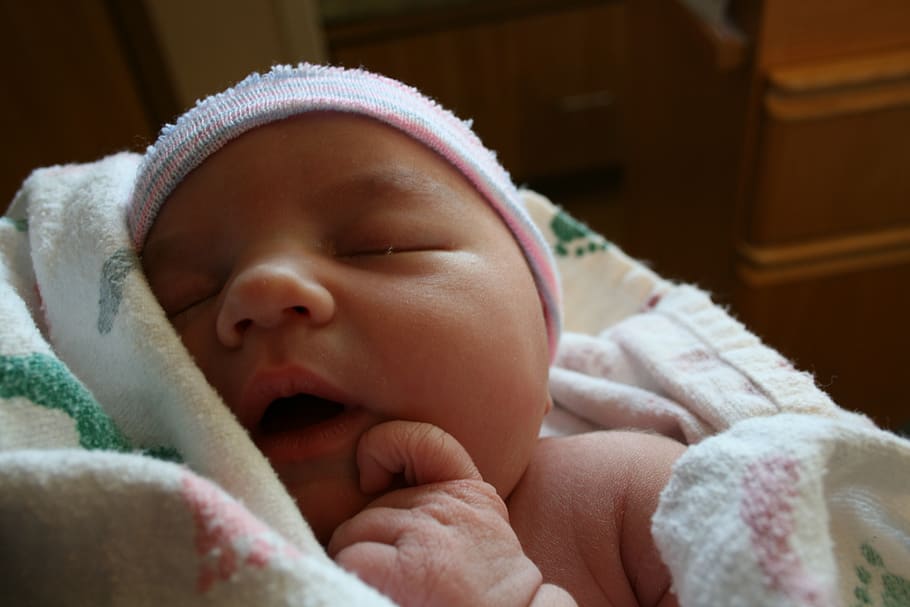‘I Don’t See It:’ Two US Bishops Respond to Charges of American ‘Schism’, by Martin M. Barillas
October 9, 2019Pressures on the Faith in the American Civil War. And Now, by Dr. Jeff Mirus
October 9, 2019
By Msgr. Charles Pope, October 8, 2019
As we read Scripture, we should be very attentive when Jesus asks a question. In particular, we should understand that Jesus is posing the question to us as well. It is easy to treat the Gospels like a spectator sport and wait to see what the response is, but that is not the only way we should engage with the text. Not just the Gospels but the entire biblical narrative is our story, too. We are in the story, and the story is in us. (I have written on this topic more thoroughly here: 100 Questions That Jesus Asked and You Must Answer.)
Let’s ponder a question that Jesus asked in last week’s Gospel reading. (Note: I was at a meeting of the Catholic Bar Association in St. Louis, MO, this past weekend, and Fr. James Mason, the rector of Kenrick-Glennon Seminary helped me to appreciate a new level to this question.) The question comes in Luke 7, when Jesus is dining at the house of Simon the Pharisee. As Jesus reclined at table, a sinful woman came up behind Him; she washed His feet with her tears, dried them with her hair, and anointed them with expensive perfume. The text tells us that Simon thought to himself, “If this man were a prophet, He would know who this is and what kind of woman is touching Him, for she is a sinner” (Lk 7:39). A few moments later Jesus asks Simon,
“Do you see this woman?” (Lk 7:44)
Now, let the question linger for a moment and ponder its depths. There is more here than an inquiry as to whether Simon is aware of her physical presence.
“Do you see this woman?”
He does not. He sees a sinner, likely a prostitute, but he does not see her.
Whatever this woman’s sins, and they may be many, she is still a child of God. Something terrible must have happened in her life that she has fallen into such self-destructive sin. What a miserable life of forced intimacy! Has her poverty driven her to this? Was she disowned by her family? She has not lost her way entirely, however, for she has crossed paths with Jesus. Propelled by sorrow for her sin, she reaches for Jesus in the hope of receiving His mercy.
“Do you see this woman?”
We can be inclined to treat people the way Simon treated this woman. It is easy to forget that behind the many labels we can put on another person is a human being, a child of God, someone’s son or daughter, perhaps someone’s father or mother, perhaps someone’s brother or sister. It is a form of reductionism in which we focus on a single aspect of a person, forgetting the full, complex human being that exists.
For example, in the sin of lust, one reduces another person to his or her body for the purpose of one’s own sexual pleasure. Love regards the person, but lust cares only for the body. Pornography not only reveals too much, it also reveals too little; the body is displayed, but the person is not. I encourage those who struggle with pornography to ask for the gift of tears; to realize that what they are looking at is a tragedy. (Because the vast majority of those who fight this battle are men, I will word the rest of this paragraph from that standpoint, however, the message is the same for women who face this struggle.) The woman a man lusts after is a person, a child of God, someone’s daughter, perhaps someone’s mother, perhaps someone’s sister. Something has gone terribly wrong in her life. When she was a child she surely did not dream of this life. She probably wanted to find a good husband and have a family. Something tragic must have brought her to this place.
“Do you see this woman?”
There are many other ways we can reduce people and forget their humanity. We see that criminal or that member of the wrong political party. We savage many of our leaders and sometimes even their children. We look at others and see only their race or their sex or how they are dressed. Behind all these labels is a person who has a story. In my role as a priest, I have come to recognize that few of us ever really understand the struggles and sorrows of others. Many people carry burdens of which we are unaware. We need to remember this, especially when dealing with troubled people in our lives. Many of them are troubled for a reason. This does not always excuse their behaviors, but remembering this can help us to be more patient, more understanding, and less quick to condemn.
“Do you see this woman?”
Conversely, there are some people who insist that we reduce them and see them only in the light of a single aspect of who they are. In today’s world of identity politics, some label themselves as LGBTQ, some emphasize their race, some emphasize a particular disability, and others want us to see them only as victims of this or that. Why should I see people simply in terms of what sexually tempts them or merely as victims of “the system”? Are they not also free human beings? Are they not also children and siblings and parents? Are they not also lawyers and teachers and mechanics? Why do they insist that I focus on only one thing? When I am constantly confronted with labels or narrow categories, I often don’t ever get to meet the real people behind them. I don’t get to know if they root for my favorite team, or have a similar love for photography and music, or have had ups and downs in life similar to my own.
Simon the Pharisee looked at a woman and saw only a prostitute. What do I see when I look at others, especially the most troubled?
“Do you see this woman?”







